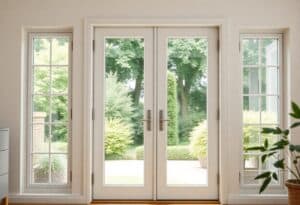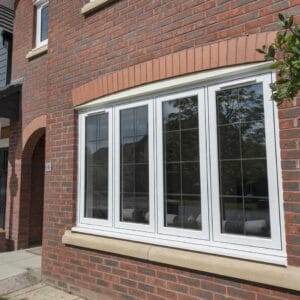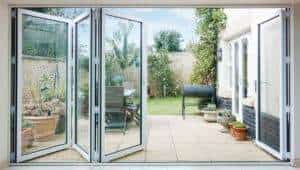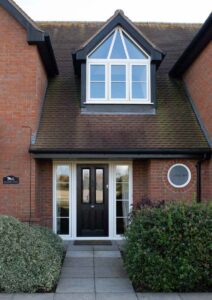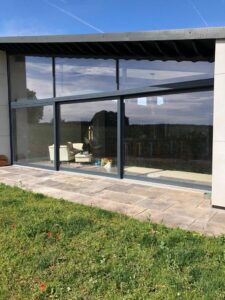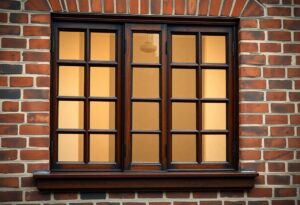There’s an undeniable shift in the way we approach building design, particularly when it comes to energy efficiency. By incorporating smart architectural aluminium into your projects, you not only enhance the aesthetic appeal but also significantly reduce energy consumption. This innovative material plays a pivotal role in optimising insulation, controlling heat transfer, and ensuring sustainability in construction. As you explore the benefits of smart architectural aluminium, you’ll find that it offers a harmonious blend of form and function, paving the way for a greener future in architectural design.
The Science Behind Energy Efficiency
For those exploring the intricate relationship between architecture and energy efficiency, understanding the science behind these concepts is paramount. Your choice of materials can significantly influence both the comfort of your living spaces and the environmental footprint of your building. Through innovative design and strategically selected materials, particularly smart architectural aluminium, you can optimise energy performance and enhance sustainability.
Thermal Bridging and Heat Transfer
Bridging thermal barriers is a critical concern in energy-efficient architecture. Thermal bridging occurs when heat flows unimpeded through conductive materials, leading to unwanted heat loss in winter and heat gain in summer. By addressing these thermal bridges, you can ensure that your building remains comfortable while minimising energy consumption, all of which is important for long-term sustainability.
The Role of Aluminium in Building Insulation
Insulation plays a vital role in reducing energy use in buildings, and aluminium is an exceptional option for achieving this goal. Its natural thermal properties help create a barrier against the transfer of heat, thereby enhancing the insulation qualities of your architectural designs. With the integration of advanced coatings and thermal break technologies, aluminium can effectively manage heat flow and maintain a balanced indoor environment.
Behind the versatility of aluminium lies its ability to serve as both a structural and insulating material. Innovations in production techniques have resulted in aluminium that not only supports your building’s architecture but also significantly improves its energy efficiency. By employing thermal breaks and reflective coatings, you can harness aluminium’s potential to minimise energy loss, ensuring that your designs are not only aesthetically pleasing but also environmentally responsible. In this way, your architectural choices can contribute to a greener future while maintaining optimal comfort within your spaces.
Smart Architectural Aluminium Solutions
While exploring smart architectural aluminium solutions, you can harness the potential of innovative designs that not only enhance aesthetic appeal but also significantly contribute to energy efficiency.
Advanced Coatings and Finishes
Advanced coatings and finishes play a crucial role in improving the insulation properties of architectural aluminium, providing you with durable surfaces that reflect solar heat and reduce energy consumption.
- Enhanced thermal performance
- Improved durability against environmental factors
- Customisable aesthetics
- Reduced maintenance requirements
- Increased lifespan of materials
| Benefit | Description |
| Energy Efficiency | Reduces heating and cooling costs through improved insulation. |
| Environmental Sustainability | Lower energy consumption contributes to a smaller carbon footprint. |
Innovative Profile Designs and Systems
With innovative profile designs and systems, you can achieve not just aesthetic brilliance, but also key performance benefits through smarter energy management strategies.
Systems in innovative profile designs are engineered to optimise the flow of energy, ensuring minimal heat loss in winter and keeping your interiors cool in summer. By utilising clever geometries and advanced thermal breaks, you can significantly enhance the thermal efficiency of your buildings. This careful attention to design not only contributes to your building’s energy performance but also supports a more sustainable future, reducing the overall impact on the environment.
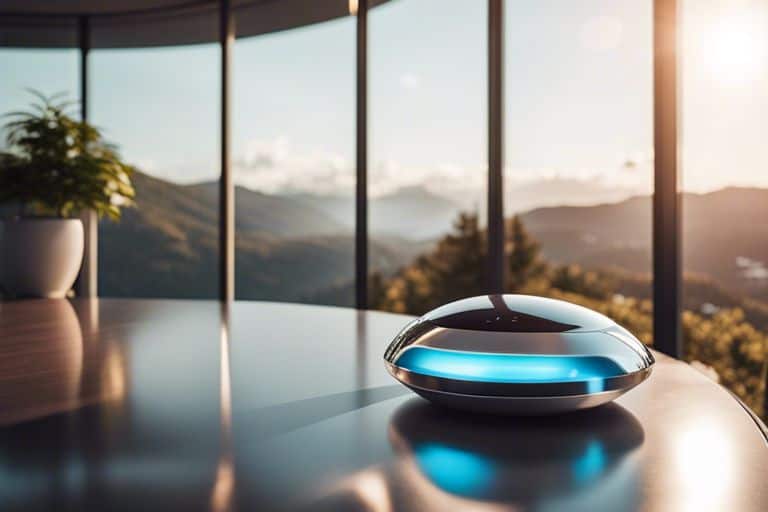
Benefits of Energy Efficient Buildings
Now, as you explore the essence of energy-efficient buildings, it’s vital to acknowledge their profound influence on our planet.
Environmental Impact and Sustainability
Benefits of opting for energy-efficient buildings are manifold, particularly relating to their environmental impact. By reducing energy consumption, you significantly minimise greenhouse gas emissions, contributing to a healthier planet and promoting sustainability for future generations. Your choices in design and materials directly influence ecological balance, making a positive difference.
Cost Savings and Economic Benefits
Environmental factors aside, the cost savings associated with energy-efficient buildings cannot be overlooked. By investing in smart architectural aluminium, you can dramatically lower your utility bills, ensuring that your financial resources are utilised more efficiently over time.
A significant aspect of the economic benefits comes from the reduction in operating expenses as energy-efficient structures demand less energy for heating and cooling. This translates to substantial long-term savings that increase your return on investment. Additionally, properties with energy-efficient features tend to have higher market value, attracting environmentally conscious buyers while simultaneously enhancing your quality of life. Ultimately, making informed decisions today paves the way for a healthier bank balance tomorrow.
Implementing Smart Aluminium in Modern Architecture
Not simply an aesthetic choice, the inclusion of smart architectural aluminium requires thoughtful design consideration to optimise its potential benefits. You must weigh functionality, form, and energy efficiency while also addressing potential challenges such as building regulations and client expectations. Employing smart solutions begins by forging a blend between creativity and practicality, ensuring that the right materials serve your vision without compromising structural integrity or environmental goals.
Design Considerations and Challenges
Smart aluminium can transform your architectural designs, enabling innovative solutions for energy efficiency. While it opens up a plethora of possibilities, you must navigate various challenges, including thermal performance and lightweight construction. You should always consider how your designs will interact with natural light, insulation properties, and other environmental factors to achieve the utmost efficacy.
Integration with Other Sustainable Technologies
Other technologies, such as solar panels and green roofs, work harmoniously with smart architectural aluminium, creating an interconnected system designed to enhance energy efficiency. You can develop a holistic approach to sustainability where each component complements the others, thus maximizing your efforts towards an environmentally friendly structure.
Sustainable architecture thrives on synergy among various technologies, enabling unprecedented levels of energy savings. Incorporating smart architectural aluminium alongside other sustainable innovations not only boosts your project’s overall efficiency but also raises its value and appeal. By layering strategies—such as rainwater harvesting systems, passive solar heating, and energy-efficient glazing—you create a multifaceted approach to design that responds intelligently to both human needs and environmental demands.
Summing up
Now, as you embrace the possibilities of energy efficiency through smart architectural aluminium, you open the door to a future where style meets sustainability. By integrating innovative designs and advanced materials, you can enhance your living spaces while significantly reducing energy consumption. This not only benefits your wallet through lower bills but also contributes positively to our planet. Embrace the blend of aesthetics and performance that smart architectural aluminium offers, and invest in a brighter, more energy-efficient tomorrow.
FAQ
Q: How does smart architectural aluminium contribute to energy efficiency in buildings?
A: Smart architectural aluminium enhances energy efficiency in buildings by providing excellent thermal insulation, which helps to regulate indoor temperatures. By incorporating insulation materials and double or triple glazing in aluminium windows and doors, heat transfer is significantly reduced, allowing buildings to maintain a stable climate with lower energy consumption. Additionally, the reflective properties of smart aluminium surfaces can help reduce heat absorption, further minimising reliance on heating and cooling systems.
Q: What features of smart architectural aluminium make it environmentally friendly?
A: Smart architectural aluminium is considered environmentally friendly due to its durability and recyclability. Aluminium can be recycled repeatedly without losing its properties, reducing the need for new raw materials and lowering energy consumption associated with production. Furthermore, the use of energy-efficient designs and features in architectural aluminium products contributes to lower energy usage in buildings, ultimately leading to reduced greenhouse gas emissions over the lifecycle of the building.
Q: Can the integration of smart architectural aluminium lead to cost savings in energy bills?
A: Yes, the integration of smart architectural aluminium can lead to significant cost savings on energy bills. By improving thermal performance and reducing heat loss, buildings equipped with high-quality aluminium windows and facades require less energy for heating and cooling. Homeowners and businesses can experience decreased utility costs over time, as well as potential long-term savings stemming from reduced maintenance and replacement needs due to the longevity and resilience of aluminium products.

